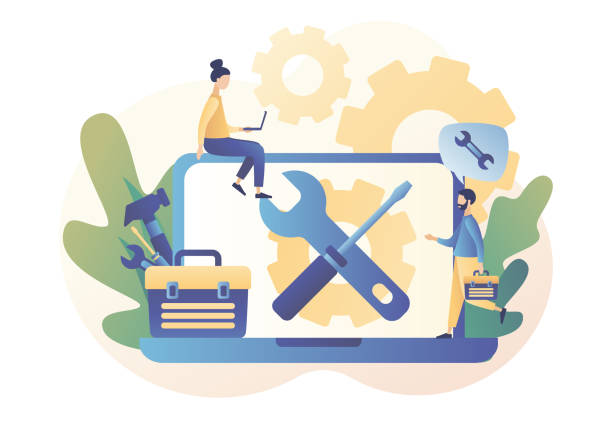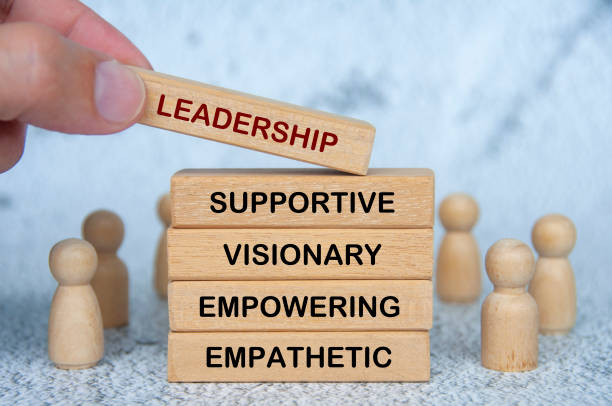All About Employee Development And Why It’s Critical For Your Company’s Success

Employee development is as beneficial for companies as it is for the employees themselves. It creates a culture of growth that helps your workers expand their skill sets and become more productive employees.
To foster professional growth, it needs to be a central tenet of company culture. Here we’ll discuss what professional development is, why it matters, and five employee development strategies you can begin implementing today.
What is Employee Development?
Employee development refers to employees growing their skills and improving their knowledge in an employer-supported setting.
A large part of professional development involves building an employee’s skill set in ways that extend beyond the scope of their current role. This development aims to encourage growth in the employee as a person, furthering them along in their career.
Why Does Fostering Employee Development Matter?
From an employer’s perspective, creating an environment that supports growth is incredibly beneficial. There are two reasons for this.
Firstly, employees who continue to improve and expand their skills make more valuable workers. They’ll bring better ideas and be more productive across a broader range of tasks.
Secondly, a Glassdoor study found that 77% of adults from four major countries rank consider company culture before choosing to apply to an open position. Fostering employee development is a large part of company culture. To attract elite talent, you’ll want to create an environment that supports professional growth.
The Importance Of Recruitment For Employee Development
According to Workable, 20% of employees quit within the first 45 days. Although there are various reasons for this, one predominant cause is poor culture fit. Whether this is because the reality of culture at your company doesn’t align with the employee’s perception or because the employee was a poor fit to begin with, the fact remains: you’ve got to get hiring right from the get-go.
If you want to promote employee development, then the right worker for you believes in professional development, too. You need to determine this during the hiring process.
Culture fit is never more critical than when hiring at the c-suite level. With Jennings Executive, hiring the right candidate who believes in professional development has never been easier. Learn more today!
5 Employee Development Strategies You Can Use
Deciding you want to encourage employee growth is the first step towards making that a central part of company culture. The next step is implementing strategies that promote professional development. Here are five ways to help get you started.
One-on-Ones
One-on-ones between employees and their superiors are vital if you want to promote employee growth. The typical one-on-one structure is between a person and his or her manager.
These should be regularly scheduled check-ins, either weekly, bi-weekly, or monthly. One-on-ones are when an employee gets a mini performance review from their manager, including strengths, weaknesses, and overall feedback.
One-on-ones are also the perfect opportunity for employees to ask questions and discuss their upward growth with their manager.
Conferences
The best employee development strategies involve conferences. These events can focus on the development of soft or hard skills.
Some popular conference topics include:
- Preparing to take on a management role
- Making compelling presentations
- Conflict resolution
- Strengthening public speaking skills
- Handling challenging customers and complaints
- Diversity and inclusion at work
These events are a chance for employees to focus on developing one concrete skill that can serve them in their current role and beyond. To encourage people to attend, make conferences accessible and count them as working hours.
Promote Upward Mobility
One way you can foster employee development is by encouraging upward growth. This is vital, as over 70% of “high-retention-risk” employees are considering resigning because they don’t feel they can grow at their current company.
There are various ways to give employees the skills they need to move up the ladder, including:
- Pairing them with a mentor (see below!). 75% of executives note that mentoring was critical for their career development.
- Offering honest and helpful performance reviews that give employees a chance to improve.
- Encouraging employees to ask for more responsibility. This can be done by respecting personal boundaries (preventing burnout), encouraging mistakes, treating them as learning opportunities, and promoting cross-functionality.
Peer Mentorship
Giving employees access to mentors is critical. Mentors are people who are more experienced and can offer their mentee insights during times of difficulty or otherwise. This is a chance for employees to learn and evolve faster than they would on their own.
According to HR Daily Advisor, 67% of employees state that their mentor is not their manager. While the previously discussed one-on-ones with managers are excellent, they can’t fill every need. Encouraging peer mentorship at your company helps fill those gaps and level up your employees faster.
To do so, reward mentors for their time and assistance, whether by offering extra benefits, perks or, bonuses. Figure out which employees are natural helpers and enjoy giving back to others, as these people make the best mentors. Avoid forcing someone into a mentorship position, as this can lead to a mentee not receiving the time and attention he or she deserves.
Tuition Reimbursement
While this certainly isn’t feasible for every company, incorporating tuition reimbursement as one of your employee development strategies helps attract the best talent.
This perk gives employees the freedom to go back to school and level up their skills; they’ll return to your company with more abilities and experience than before.
Some of the many benefits of tuition reimbursement include:
- Sourcing top talent
- Boosting productivity
- Reducing turnover
- Providing tax benefits for your company
- Improving employee engagement
Promoting Employee Development: Yes or No?
You can’t go wrong with a company culture that values employee development. Not only does this attract more qualified talent, but it also reduces turnover, increases productivity, and creates a more cohesive workforce.
Which of the five employee development strategies discussed here will you try first?
Recommended For You

The Hidden Burnout Risk In Pricing Roles
Pricing burnout is real: high conflict, low control—fix it with authority and systems.

Talent Benchmarking for Pricing Roles
Align pricing role scope, title & comp with real market benchmarks before hiring.

The Pricing Analyst's Toolkit
The essential pricing analyst toolkit—and what truly drives impact in the role.

Why Your Pricing Team Can't Be All Strategy Or All Execution
Pricing teams break when strategy and execution are out of balance—here’s how to fix it.

The Pricing Career Ladder - From Analyst To VP and Beyond
Inside the pricing career ladder: what drives growth from analyst to VP

What Makes A Great Pricing Leader
Great pricing leaders connect strategy to execution, influence without authority, and drive value.


